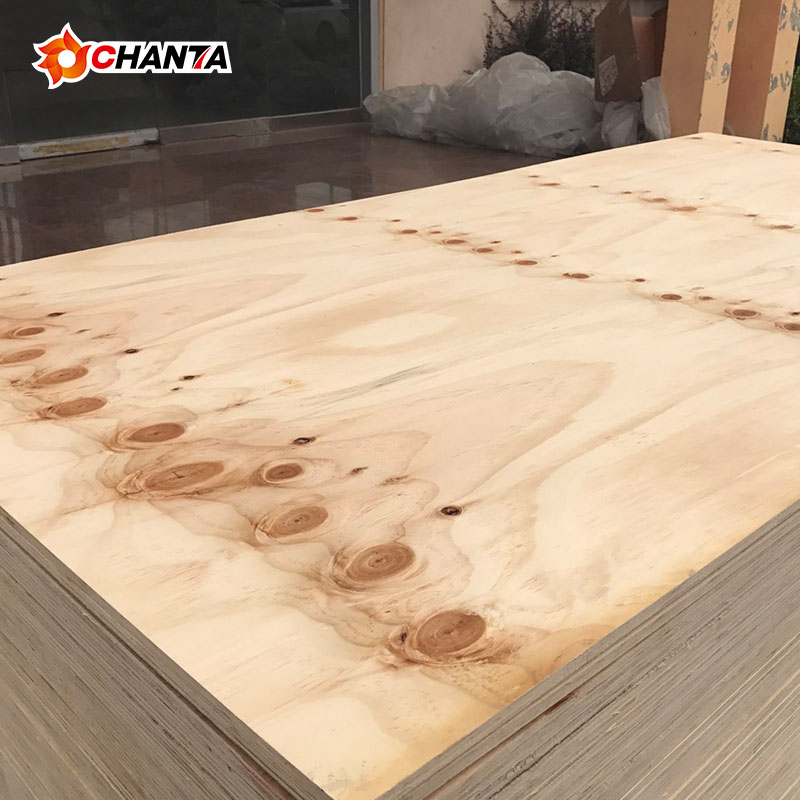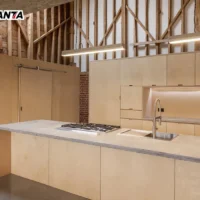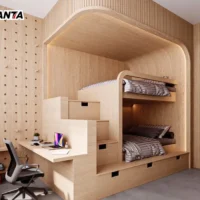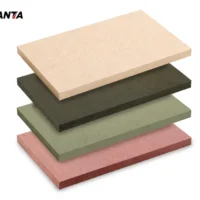Plywood is a versatile material, used widely across construction, furniture, and interior design projects. While plywood is available in various thicknesses, certain projects require only the thinnest options to suit delicate or decorative purposes. Understanding the minimum commercially available thickness of plywood is essential for projects needing lightweight or flexible materials. Let’s explore the thinnest options, their applications, and the benefits of choosing ultra-thin plywood.
1. Common Minimum Thickness of Commercial Plywood
The thinnest plywood commonly available in the market is 3mm (approximately 1/8 inch). This ultra-thin plywood is ideal for specific lightweight or flexible applications. Many suppliers carry 3mm plywood as a standard size, but some also offer custom thicknesses below this, such as 2mm or 1.5mm, depending on demand and project needs. Although thinner options exist, 3mm is often the standard minimum thickness in commercial plywood.
2. Applications of Thin Plywood
Ultra-thin plywood, like 3mm or 2mm sheets, is perfect for projects that require flexibility, lightness, and easy handling. Here are a few applications where thin plywood is commonly used:
- Cabinet Backs: Thin plywood is often chosen for cabinet backs, where strength isn’t the main concern, but a smooth finish is desired.
- Wall Paneling: In interior design, 3mm plywood can add a decorative touch without adding bulk. Its flexibility makes it easy to install on curved surfaces.
- Arts and Crafts: Artists and DIY enthusiasts frequently use ultra-thin plywood for model making, crafts, and decorative elements.
- Furniture Drawer Bottoms: Thin plywood works well for the bottoms of drawers, where minimal weight and thickness are advantageous.
Each of these uses takes advantage of thin plywood’s light weight and flexibility, which thicker sheets cannot offer.
3. Benefits of Choosing Thin Plywood
Selecting thinner plywood brings several benefits, especially for specific projects where lightweight materials are crucial:
- Flexibility: Thin plywood bends easily, which is useful for surfaces with curves or unique shapes.
- Lightweight: Compared to thicker options, 3mm plywood is significantly lighter, making it easier to handle and transport.
- Cost-Effective: Thin plywood is generally more affordable than thicker sheets, helping save on material costs for large projects.
- Easy to Cut and Shape: Ultra-thin plywood is easier to cut and shape, making it ideal for custom design work.
With these benefits, ultra-thin plywood becomes an ideal choice for specialized projects that prioritize flexibility and ease of use.
4. Availability of Custom Thicknesses
Although 3mm is the typical minimum thickness, some suppliers provide custom thicknesses below 3mm, such as 2mm or even 1.5mm. These custom options are often used in specialized fields like model making, instrument crafting, or advanced carpentry. However, they may not be as widely available and could require specific orders from specialized suppliers. When purchasing custom thicknesses, consider consulting with plywood suppliers who focus on specialty plywood products.
5. Choosing the Right Thickness for Your Project
To select the best plywood thickness, start by assessing your project’s requirements. For interior or decorative projects, thinner plywood may be the best choice. However, if structural strength is necessary, consider thicker plywood for added durability. Additionally, ensure you understand the installation requirements, as ultra-thin plywood may need extra support depending on the application.
Conclusion
The minimum commercially available thickness of plywood is generally 3mm, though some suppliers offer custom options as thin as 1.5mm. Thin plywood is widely used in cabinetry, wall paneling, crafts, and more, offering flexibility, lightness, and cost savings. By understanding the advantages of thin plywood and matching thickness to project requirements, you can make an informed choice that ensures both functionality and aesthetic appeal.






















